Music is a universal language that transcends borders, and each culture brings its own unique instruments to the global symphony. In this article, we explore some of the most unique musical instruments from around the world. Not only will we unveil the fascinating origins of these instruments, but we’ll also provide handy tips on how you can learn to play them. Whether you’re a seasoned musician or a curious novice, prepare to embark on a melodious journey of discovery!
Didgeridoo (Australia)
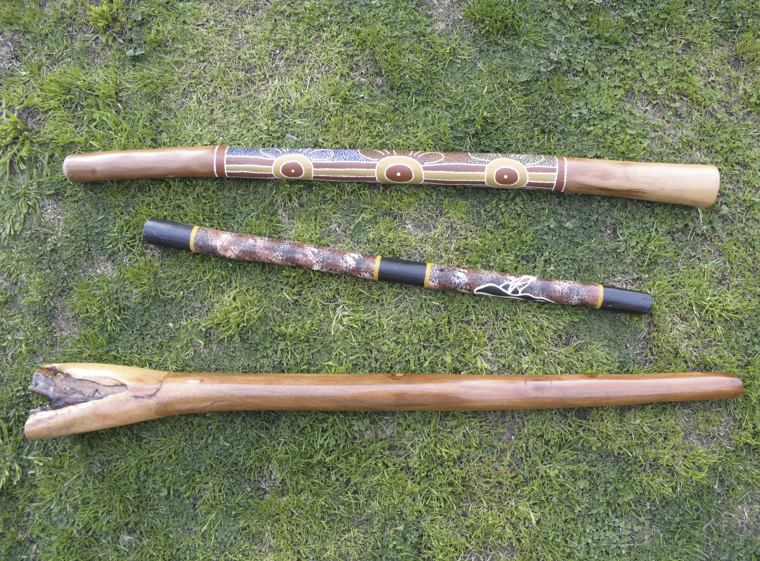
Originating from the Indigenous peoples of Northern Australia, the didgeridoo is a wind instrument made from hollowed-out tree trunks. Its deep, resonant drone is played using circular breathing, which requires breathing in through the nose while simultaneously pushing air out through the mouth using the cheeks.
Kalimba (Africa)
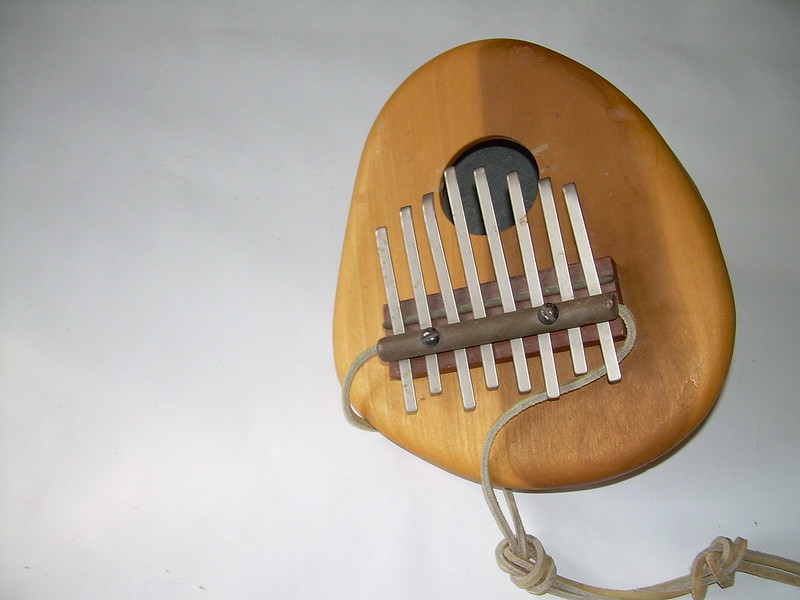
The kalimba, or thumb piano, is made from a wooden board with metal tines attached to the top. Players use their thumbs to pluck the tines, creating a clear, melodic sound. It’s popular for its portability and ease of learning, making it ideal for beginners.
Sitar (India)
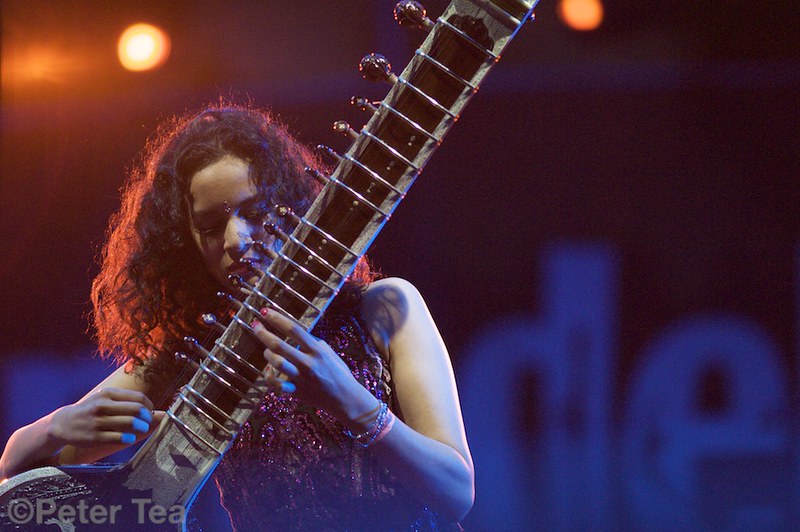
This stringed instrument features a long neck with a varying number of strings and is renowned for its complex, melodious tones. The sitar is central to Hindustani classical music and playing it well requires years of practice, particularly in mastering the finger-plucking techniques.
Hang Drum (Switzerland)
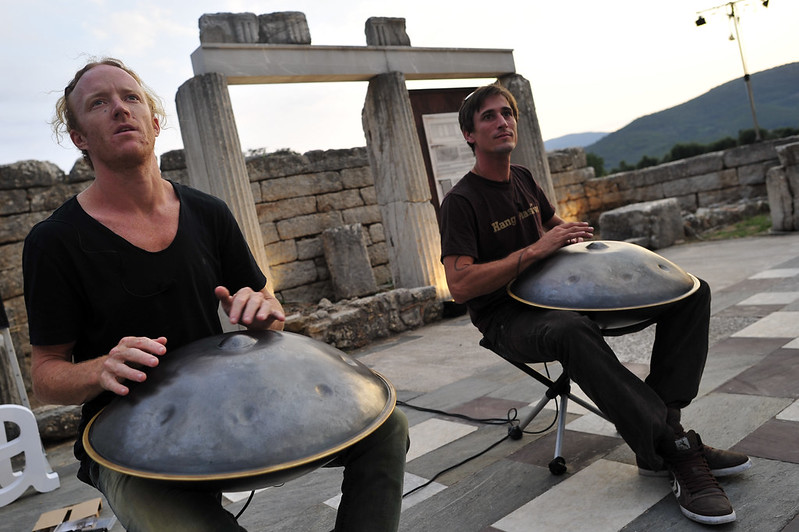
This idiophone steel drum emits a melodic and resonant sound. It is played by tapping the fingers on the drum’s surface, making it relatively easy to learn for beginners. Each hang drum is tuned to a specific scale, allowing for a variety of musical expressions.
Bagpipes (Scotland)

Known for their distinctive sound, bagpipes are a type of woodwind instrument using enclosed reeds fed from a constant reservoir of air in the form of a bag. Learning to play the bagpipes is challenging, requiring coordination of breathing and hand movements to control the melody and drones.
Balalaika (Russia)
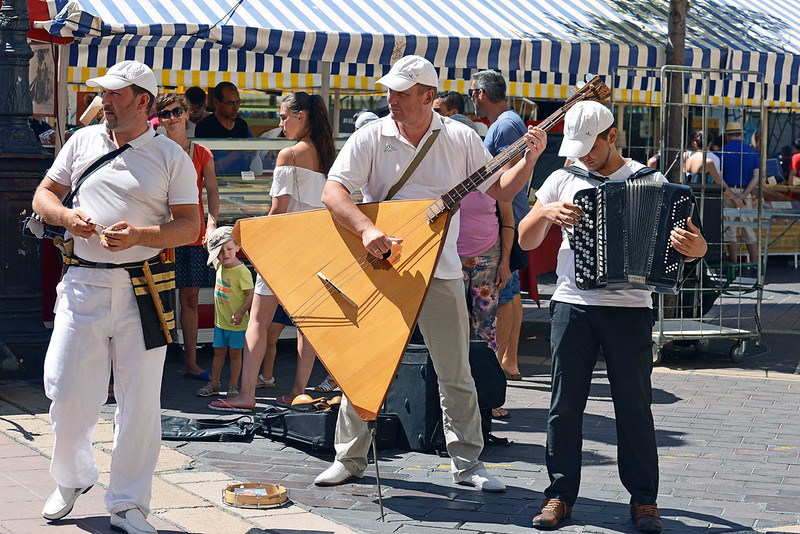
This triangular stringed instrument comes in various sizes and has a sound that is both sharp and jangly. Playing the balalaika involves strumming or picking, and it’s often used in Russian folk music.
Bansuri (India)
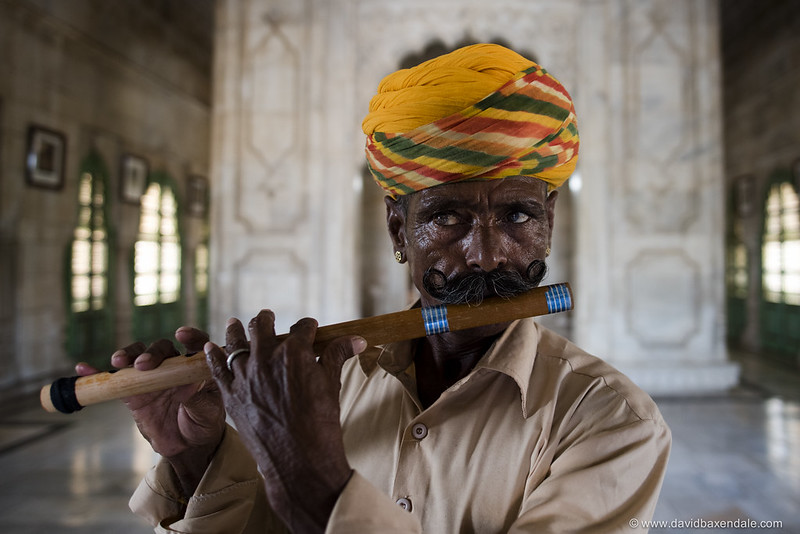
A bamboo flute that is an integral part of Indian classical music. The bansuri is held horizontally and played by blowing across its open hole, creating a warm and soothing sound. Mastery involves controlling breath and finger positioning.
Djembe (West Africa)
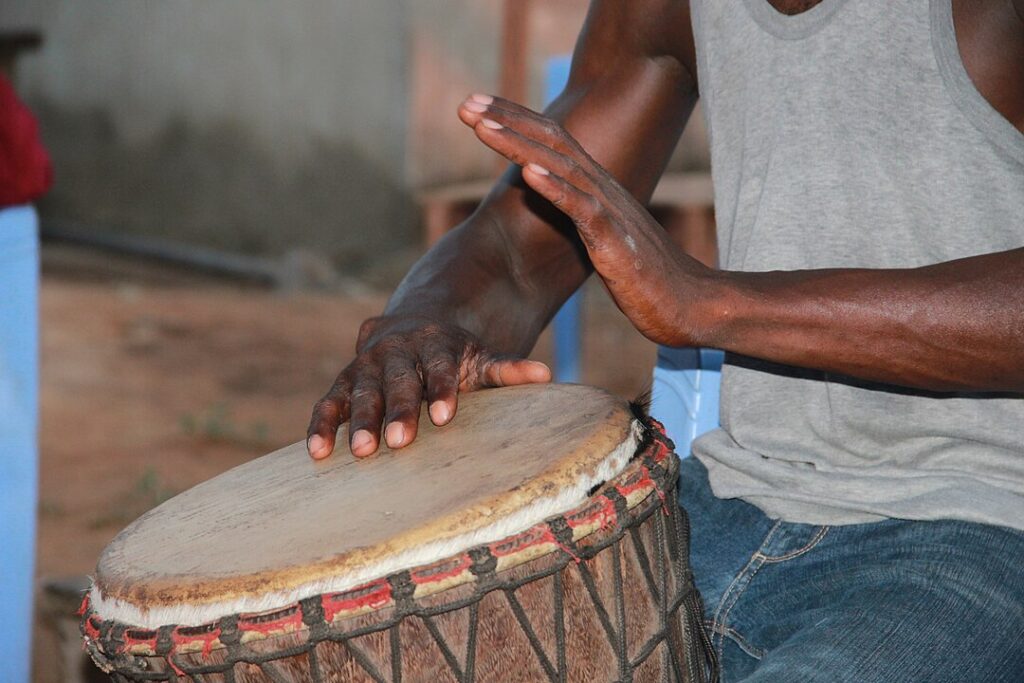
A rope-tuned skin-covered goblet drum played with bare hands, the djembe is central to communal gatherings in African culture. It requires various hand techniques to produce different tones and is relatively easy to start learning.
Erhu (China)
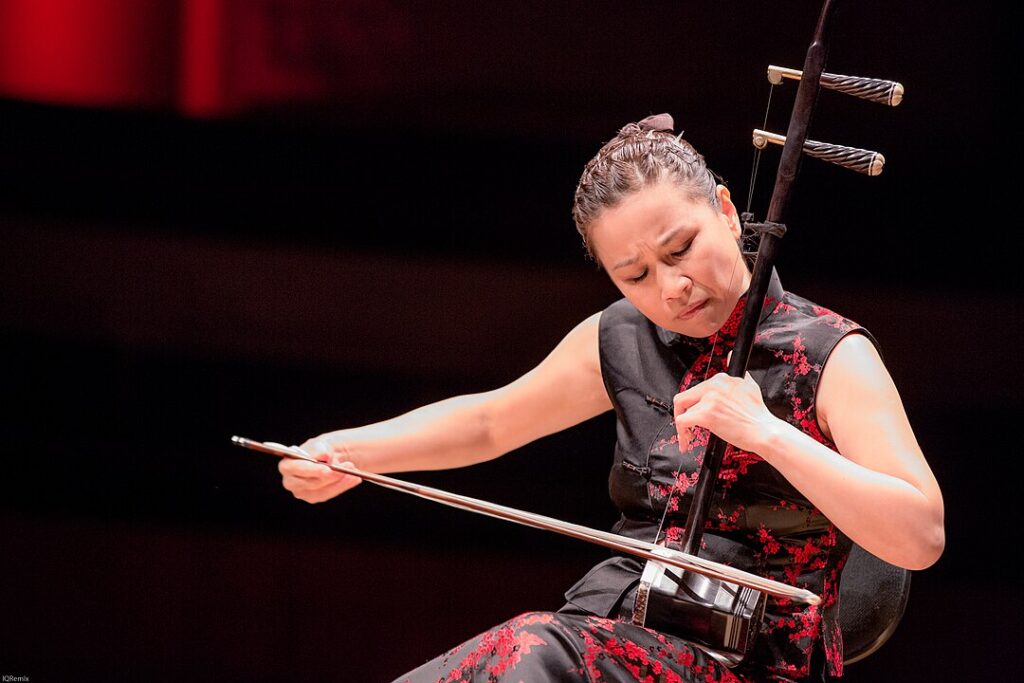
This two-stringed bowed instrument, often called a Chinese violin, produces a rich, expressive sound capable of conveying a range of emotions. Playing the erhu well requires precision in bowing and finger placement on the strings without frets.
Nyckelharpa (Sweden)
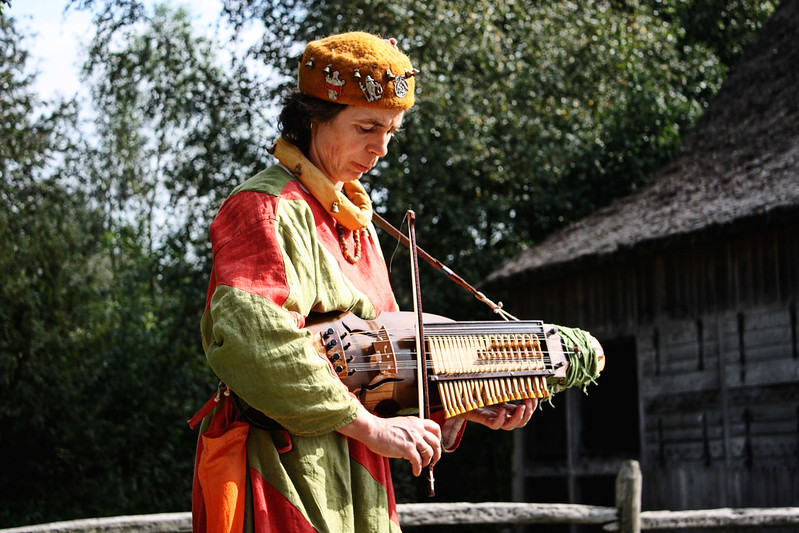
A traditional Swedish instrument that combines elements of a violin and a hurdy-gurdy, with keys used to change pitches. Learning the nyckelharpa involves both bowing and key-pressing techniques, making it complex but rewarding to master.
Oud (Middle East)
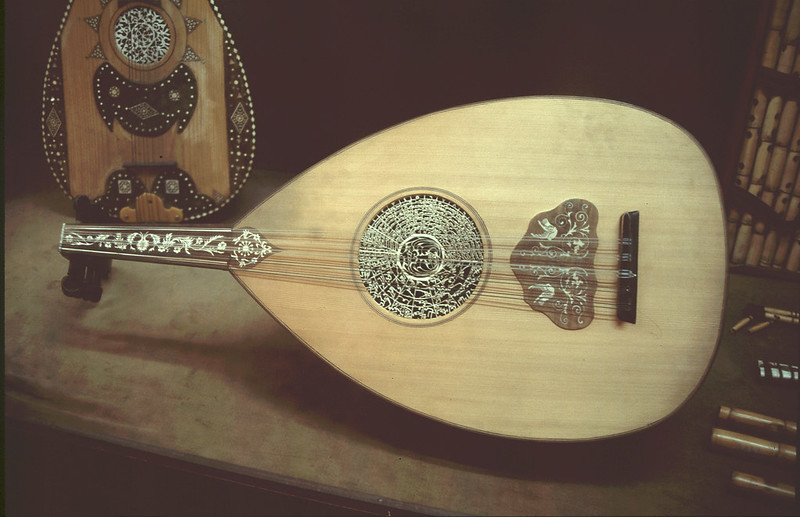
A pear-shaped stringed instrument similar to a lute, the oud is crucial in Middle Eastern music. It has a rich, deep sound and is played with a plectrum, requiring techniques similar to those used in playing the lute or guitar.
Pan Flute (South America)
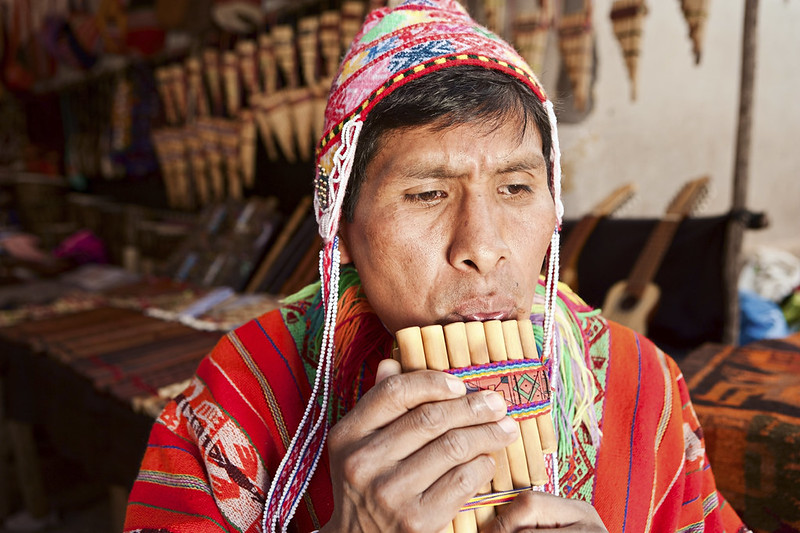
Consisting of multiple pipes that produce sound when blown horizontally, the pan flute’s tones are sweet and ethereal. It requires precise breath control and lip shape to change notes.
Koto (Japan)
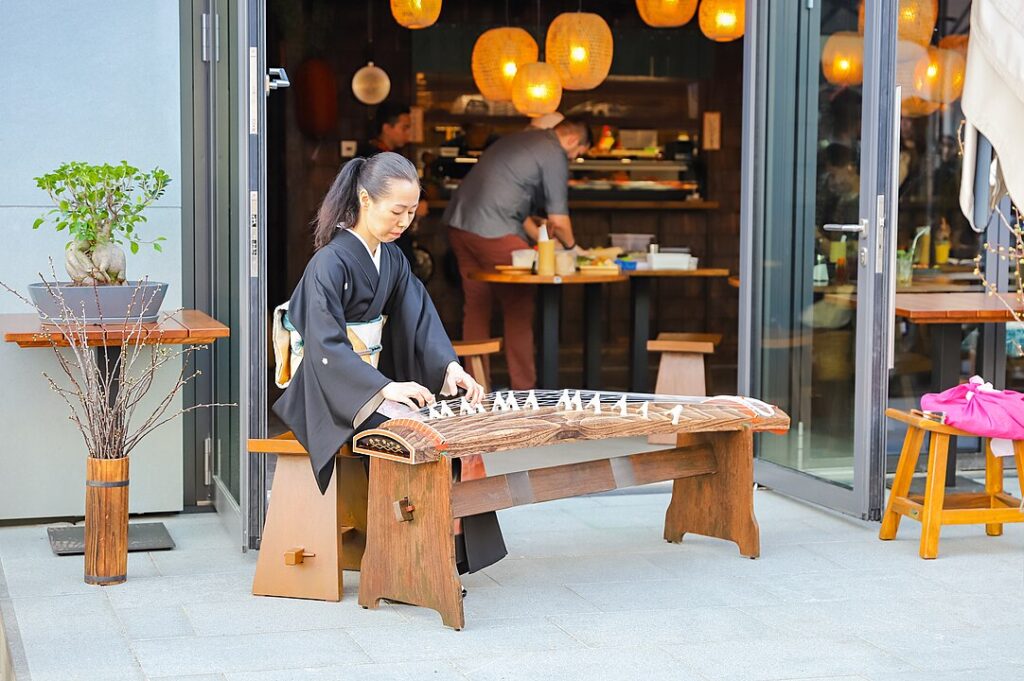
The national instrument of Japan, the koto is a long, zither-like instrument played by plucking the strings with picks on the fingers. Learning to play the koto involves mastering the right string-plucking techniques and the use of special tunings.
Accordion (Europe)

A reed instrument with a distinctive sound produced by stretching and squeezing a bellows while pressing buttons or keys. Playing the accordion requires coordination between both hands to manage melody and harmony.
Gamelan (Indonesia)

A traditional ensemble music instrument from Indonesia made up of percussive instruments. The gamelan plays a central role in Indonesian culture and music, with each instrument having a specific part to play in the ensemble.
Hurdy-Gurdy (Europe)
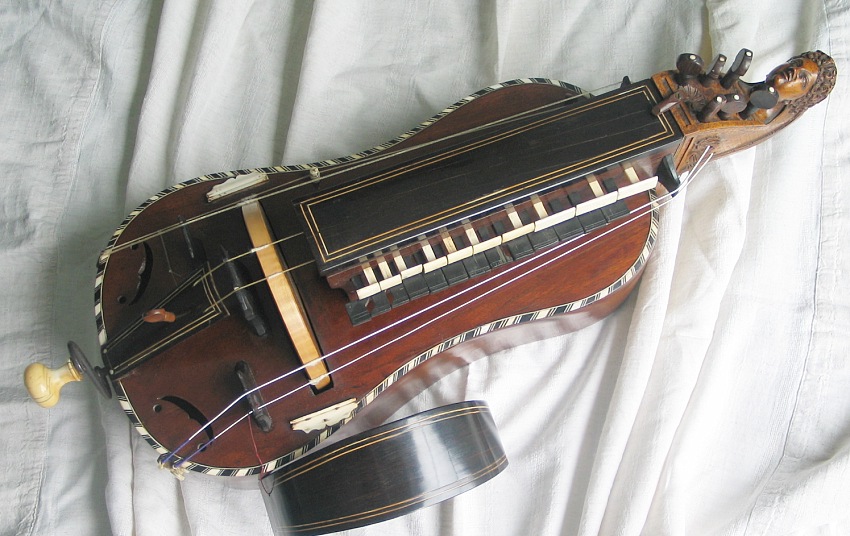
A stringed instrument that produces sound by a hand-crank-turned, rosined wheel rubbing against the strings. The melody is controlled by pressing keys that fret the strings. It blends the principles of stringed and wind instruments.
Marimba (Central America)
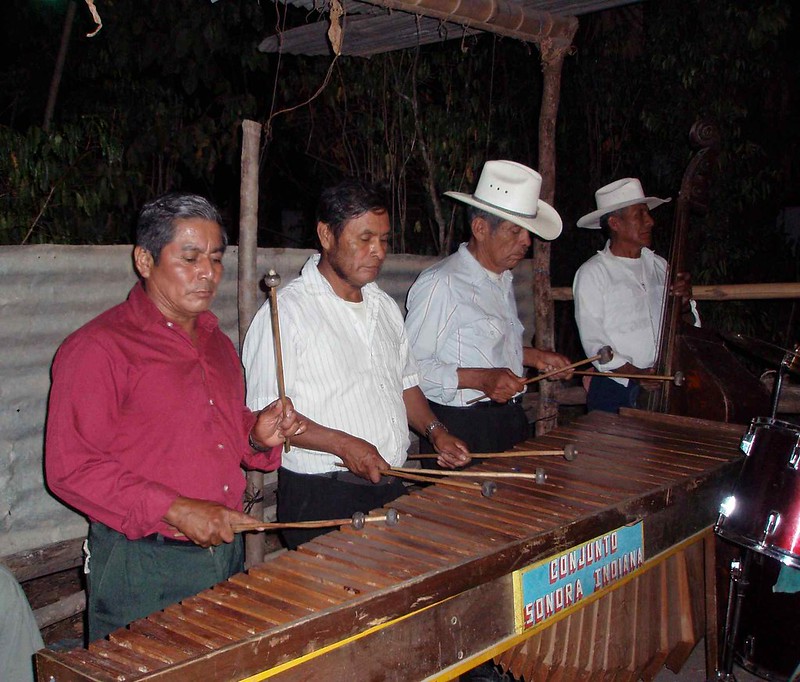
A type of xylophone with wooden bars struck by mallets to create resonant tones. Playing the marimba well requires rhythm and coordination to execute complex musical passages.
Shamisen (Japan)
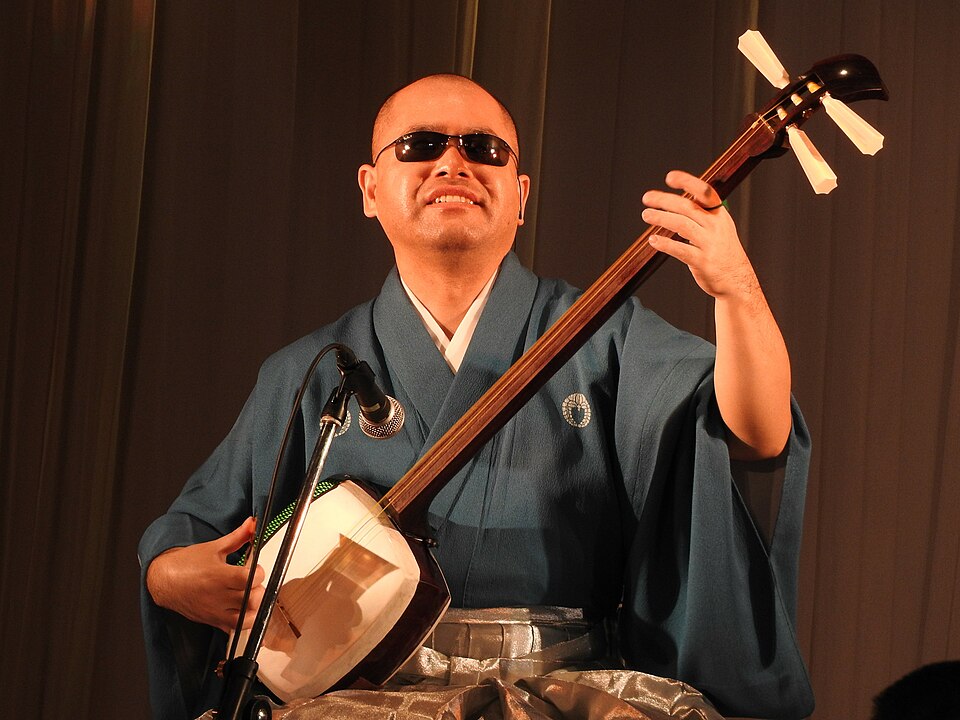
A three-stringed traditional Japanese instrument played with a plectrum called a “bachi.” The shamisen produces a twangy sound and is used in various forms of Japanese music, from folk to classical.
Uilleann Pipes (Ireland)
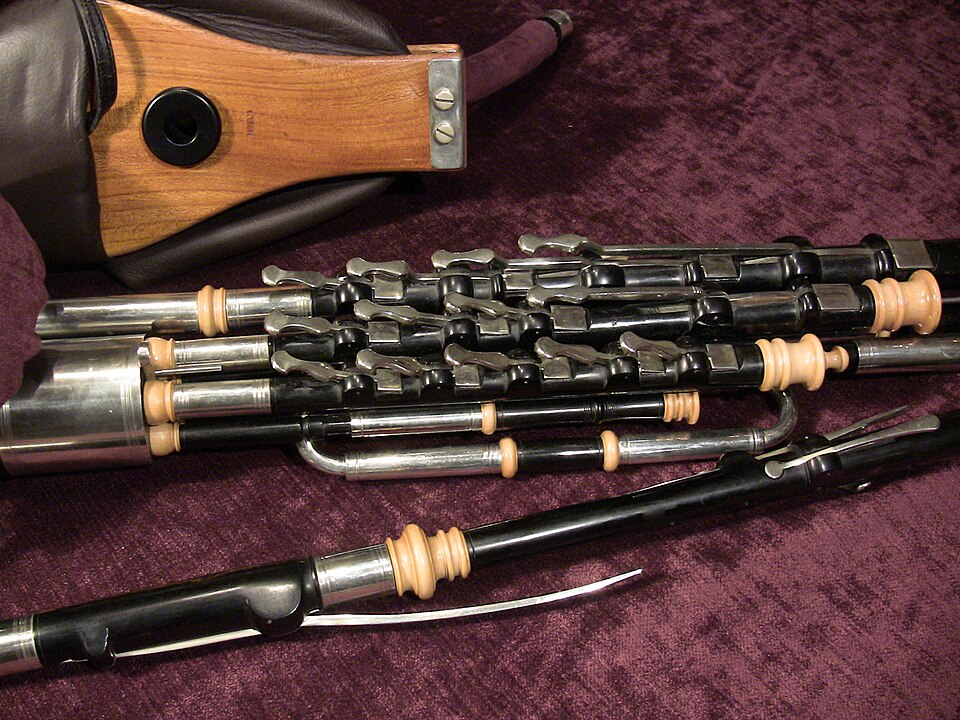
A complex form of bagpipe from Ireland, known for its sweet tone and the ability to play a wider range of notes. It is played with a bellows under the arm to inflate the bag, making it distinct from other types of bagpipes.
Harmonium (India)
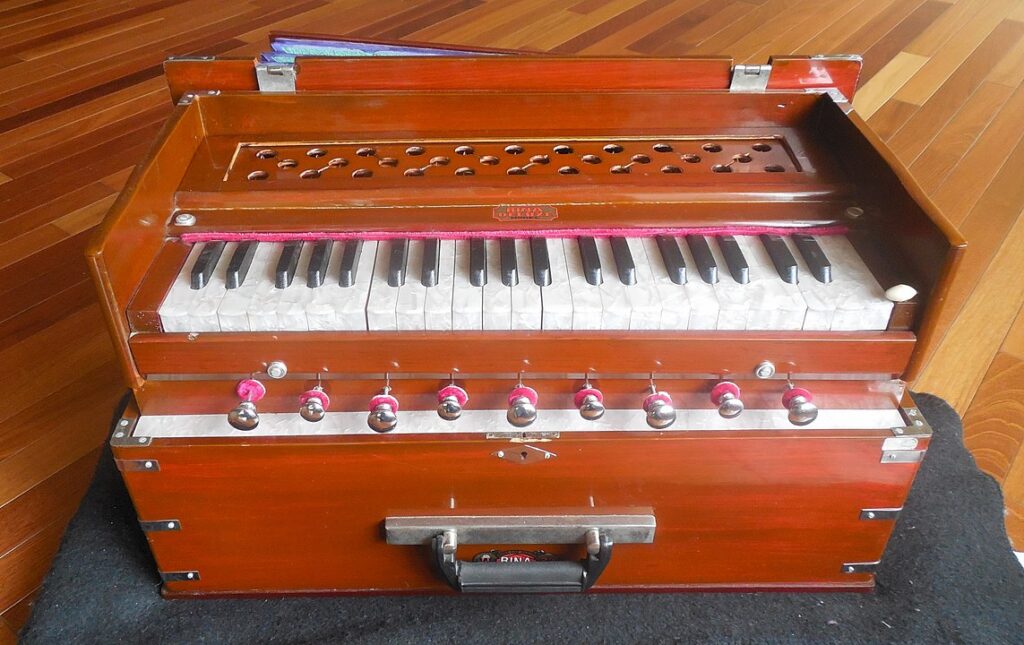
A free-reed organ that produces sound as air flows past a vibrating piece of thin metal in a frame. It is played by pumping a bellows with one hand while the other plays the keys. It’s widely used in Indian classical music.
Charango (South America)
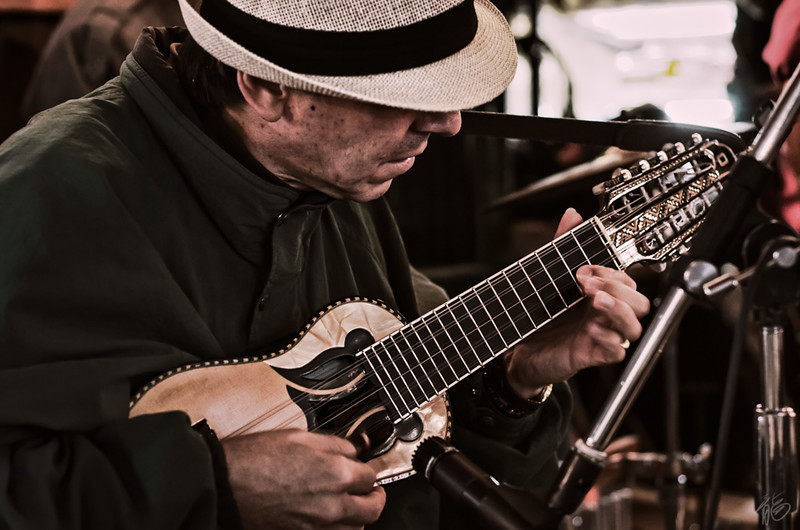
A small Andean stringed instrument of the lute family, traditionally made with the shell of the back of an armadillo. The charango is played by strumming or plucking its 10 strings, similar to a ukulele or mandolin.
This article originally appeared on UnifyCosmos.
More from UnifyCosmos
21 Iconic Video Games That Revolutionized the Industry

Video games have become an integral part of our cultural landscape, shaping not just entertainment but also technology and storytelling. In this exploration of groundbreaking video games, we delve into the titles that have left an indelible mark on the gaming industry. Read More
22 Small Gestures That Strengthen Any Relationship

In relationships, small gestures like a gentle touch or a shared smile can hold immense significance, creating strong bonds between individuals. These seemingly insignificant moments play a crucial role in shaping lasting connections, whether in romantic, familial, or platonic relationships. Read More
20 Healthy Recipes for Glowing Skin and Hair

Achieving glowing skin and lustrous hair isn’t just about the products you use; it’s also about what you eat. Incorporating nutrient-rich foods into your diet can make a significant difference in your overall appearance. Read More
Leave a Reply